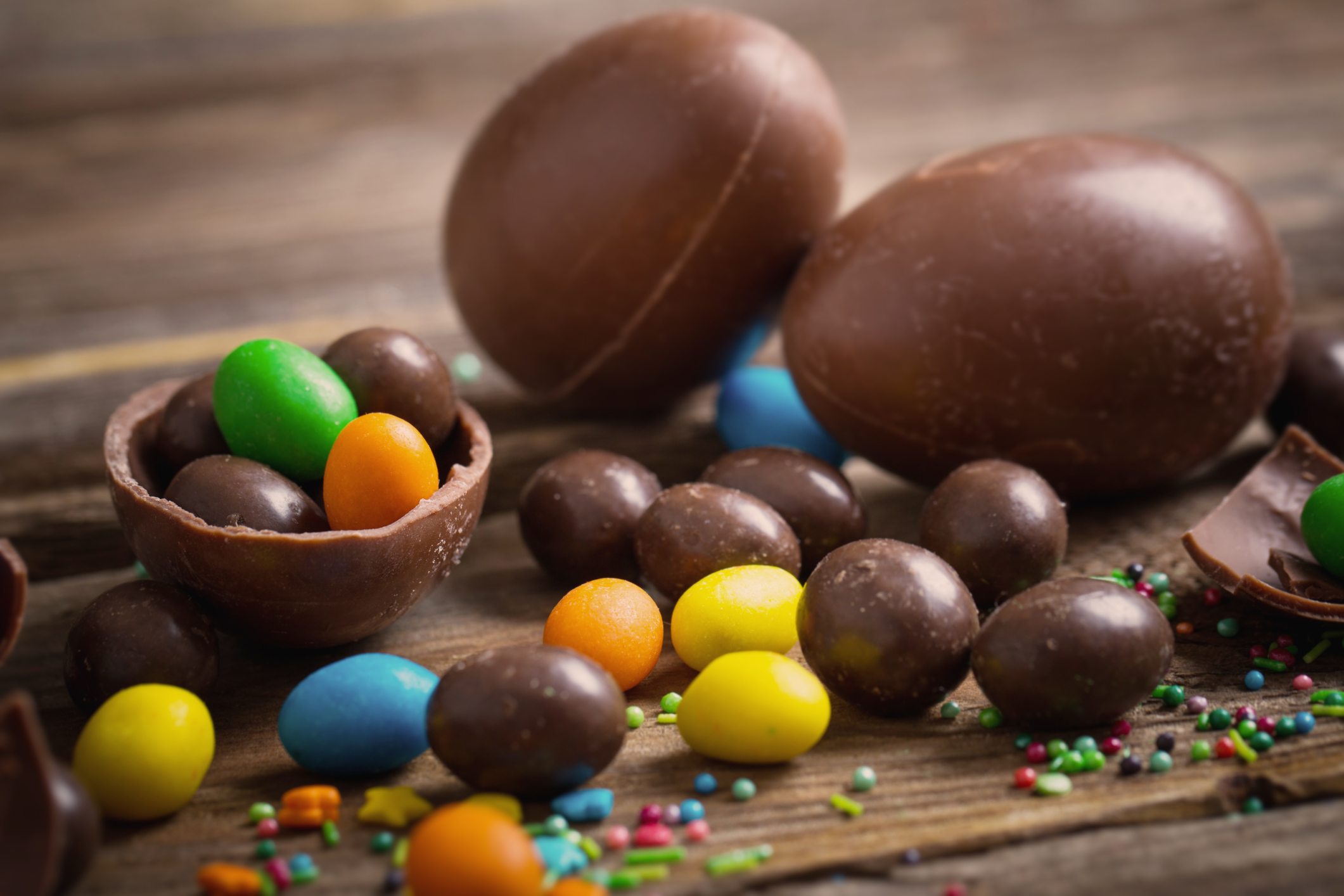Engineering the perfect Easter egg

Precision timing means cocoa butter melts at just the right temperature
Published 13 April 2017
Ever wondered why chocolate melts in your mouth and not your hand? It’s all to do with precision melting, says chemical engineer Professor Ray Dagastine.
“Cocoa butter is a critical ingredient, it is what gives chocolate its nice creamy taste,” he says.
“It is also the key to why chocolate melts in your mouth and not in your hands, as cocoa butter is a complex, mostly saturated fat that is a solid at room temperature, but melts at just below the temperature inside the human body.”

The fats used in chocolate must be solid at room temperature. But like metal or ice, solid fats can have different solid phases, which gives them different properties. Complex molecular structures, such as cocoa butter, form in different solid phases depending on how the molecules pack together, and this determines their melting point.
Cocoa butter crystallises when it goes from liquid to solid form and these crystal structures melt at different temperatures.
“The key thing is different solid phases melt at different stages. There is a phase of cocoa butter that melts at about 36 degrees and then another at 38 degrees,” according to Professor Dagastine, from the Melbourne School of Engineering at the University of Melbourne.
“For that creamy melt-in-the-mouth feel that we like in Europe and Australia, the cocoa butter needs to melt at 36 degrees.”
When chocolate is manufactured it is cooled carefully so the cocoa butter melts at 36 degrees. If the process is hurried or the chocolate is not cooled properly and the cocoa butter melts at 38 degrees, it will taste grainy.

“Cheap chocolate which feels grainy in your mouth is caused by cocoa butter that was cooled at the wrong rate. The ingredients themselves may not be cheaper, it is how the chocolate has been made that is at fault,” says Professor Dagastine.
“It is really amazing because the solid phases in cocoa butter are so close that one melts at 36 degrees and the other at 38 degrees, so it is relatively easy to make a mistake during manufacturing.”
Cheaper chocolates include other forms of fat like palm oil or other vegetable oils, which are solid at room temperature. These fats are also controlled to melt at 36 degrees, or just below body temperature, to get that melt-in-the-mouth experience.
So with chocolate lovers’ favourite time of year upon us, what should consumers look out for when Easter egg shopping?
“Even though I know how chocolate might taste based on the way it is processed and that a premium brand may have a better melt-in-the-mouth feel, I still sometimes pick out Easter eggs based on the packaging or just go for my old favourites,” Professor Dagastine says.
Banner image: iStock
